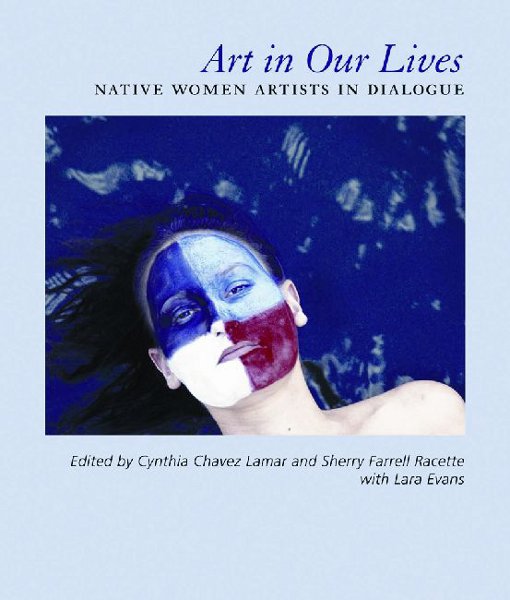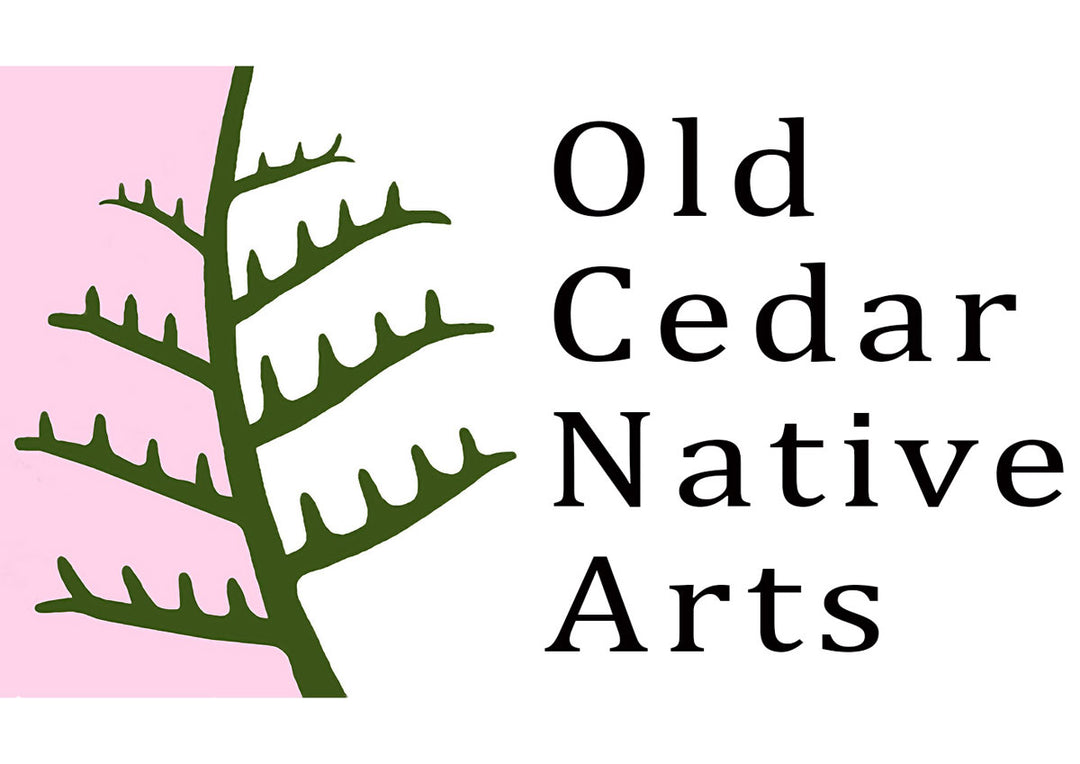
Art in Our Lives: Native Women Artists in Dialogue
- Paperback
- SAR Press (2010)
- SKU: 9781934691373
Art in Our Lives is the culmination of three seminars at SAR's Indian Arts Research Center (IARC) that brought together Native women artists to discuss the balancing of their art practice with the myriad roles, responsibilities, and commitments they have. The first seminar took place in November 2007 when six Native women artists gathered to begin a project then titled Art, Gender, and Ceremony. Most of the invited artists were past IARC artist fellows: Gloria J. Emerson (Dine), Sherry Farrell Racette (Timiskaming First Nation), Erica Lord (Athabaskan/Inupiaq/Finnish/Swedish/English/Japanese), Felice Lucero (San Felipe Pueblo), Eliza Naranjo Morse (Santa Clara Pueblo), and Diane Reyna (Taos Pueblo/Ohkay Owingeh). The initial two-day meeting resulted in insightful, heartfelt, and difficult discussions regarding the role of these women as Native and Artist. Many of the same topics were revisited in February 2008 when the original six artists reconvened, inviting five additional women artists to participate in a session titled Creative Reflections of Enduring Women. The intent was to provide mentorship to emerging Native women artists; create a safe space for dialogue on important issues relative to their roles as women, artists, and community members; and to support and critique the development of a body of work (painting, poetry, performance art, and so on) based on the issues and ideas discussed in the seminars. The additional artists were: Heidi K. Brandow (Navajo/Native Hawaiian), Lara Evans (Cherokee), Shannon Letandre (Anishinaabe/Cree), TahNibaa Naataanii (Dine), and Dyani Reynolds-White Hawk (Sicangu Lakota/German/Welsh). In June 2008 the eleven artists returned to Santa Fe to share their completed works with one another and the general public. This session was titled Playing, Remembering, Making: Art in Native Women's Lives. Later in the day, the public was invited to an exhibition of the art and panel discussions with the artists. The artworks were diverse in media and content and are featured in the plates section of this volume, along with the artist statements that accompanied the pieces in the exhibit. The chapters reflect some of the seminars' emerging themes: gender, home/crossing, and art as healing/art as struggle.





